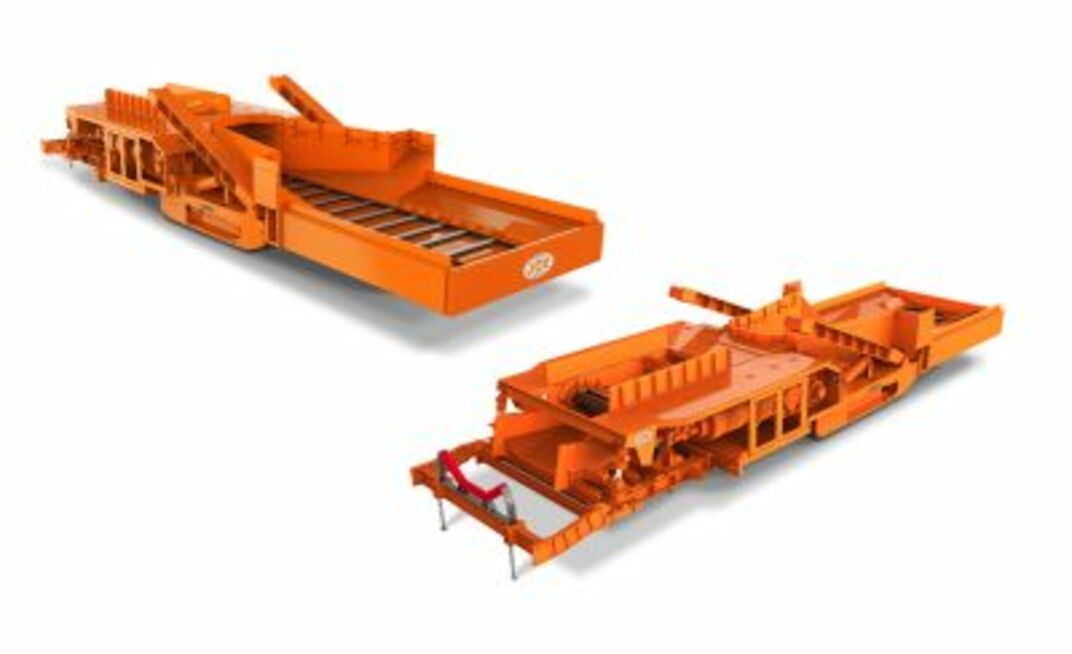The company said the design features, which were the brainchild of Joy engineers in Millersburg, Kentucky, would allow for a shorter conveyor belt move time and subsequently a higher level of production. Additionally, an improved conveyor belt-to-feeder breaker alignment permits more productive material transport.
From a cost-efficiency perspective, that enhanced alignment will provide mines with a lower amount of spillage at the transfer point, and there is no need to anchor the feeder breaker’s tailpiece to the roof, rib or floor since the stability jacks feature sufficient traction to pull the conveyor belt.
Aiding in maintaining a low cost-per-ton ratio is the manpower savings the design adjustments will make. Rather than using two or more workers to move feeder breakers and their associated tailpieces, conveyor belt moves can now be made by one crew member.
As such, the two or three additional units of equipment that would typically be needed for the task of moving belt tailpieces can now be made available for other jobs during moves.
Belt structure can be more easily installed into the tailpiece, as belt handling devices will now manage what used to be performed manually.
All these benefits, Joy said, result in safer operation, a stronger anchoring method and an overall enhancement to the safety of belt moves.
The OEM noted that one US operator recently purchased two Joy BF-14A-59-64C feeder breakers with mounted tailpieces as part of an effort to improve its longwall panel advancement rate. Since placing the new equipment, the mine has reported increased productivity from more rapid conveyor belt moves.
“The feeder breakers are processing up to 1200 tons (1090 tonnes) per hour,” Joy noted, adding that other upgrades and features on the units will help mines enhance productivity and keep the lowest possible cost per production ton.
“These upgrades and features include belt spreaders and highly rated crawlers with maximum draw bar pull, direct-drive breakers that reduce wear on components such as chains and sprockets, 18-inch reverse crawlers that provide maximum torque operation at low speed and are very well suited for conveyor belt structure pulling, three-way dumps for shuttle car unloading, 3.5-inch pitch conveyor chains, and umbilical remote trams.”
























